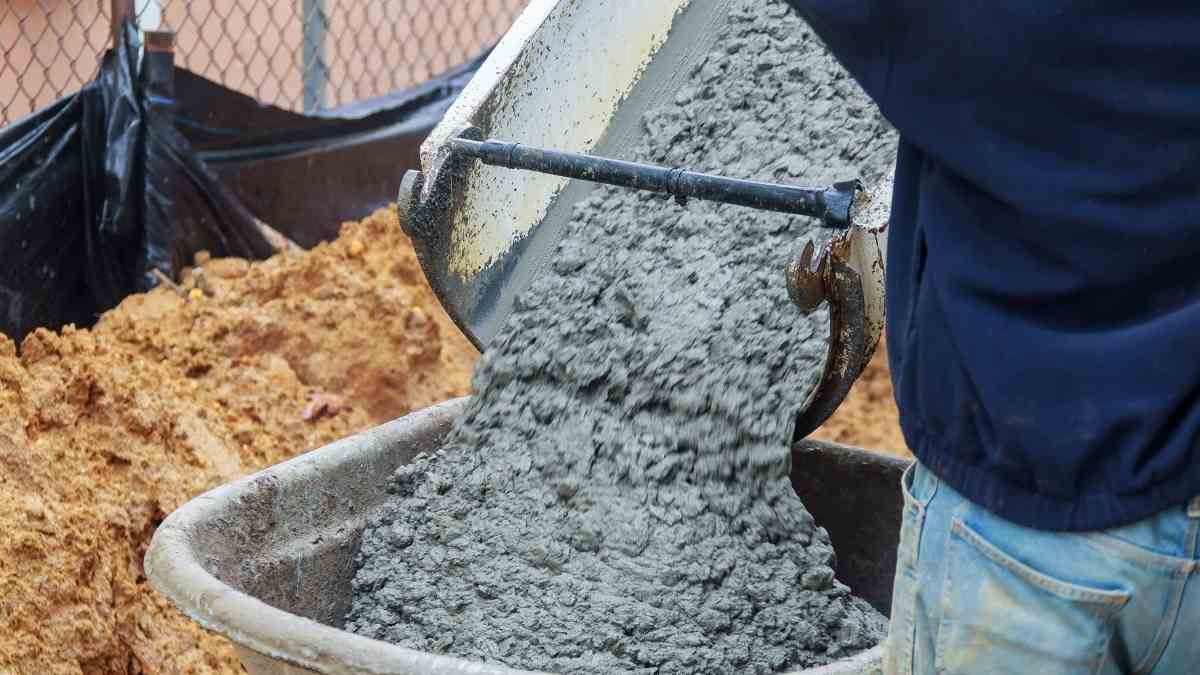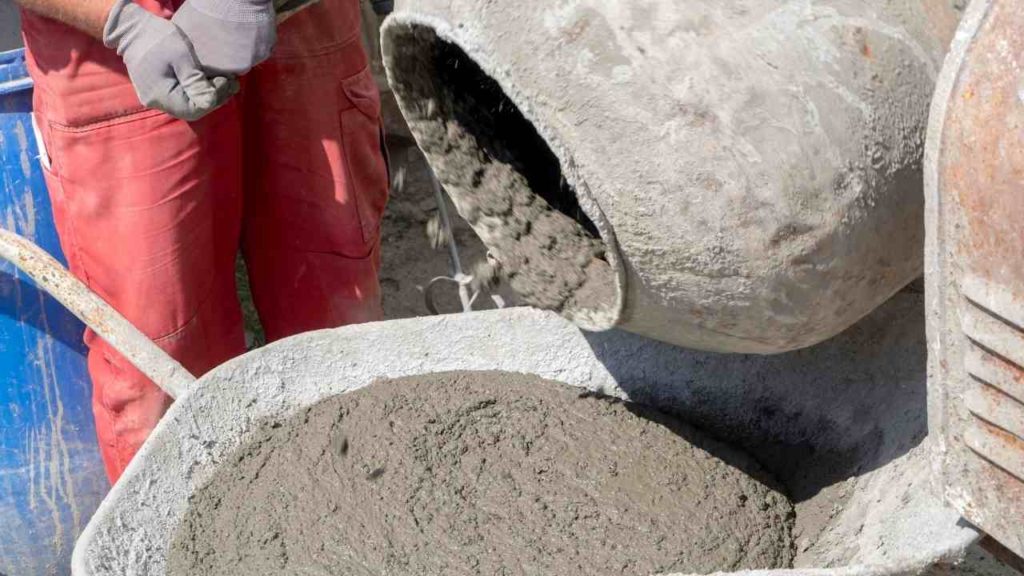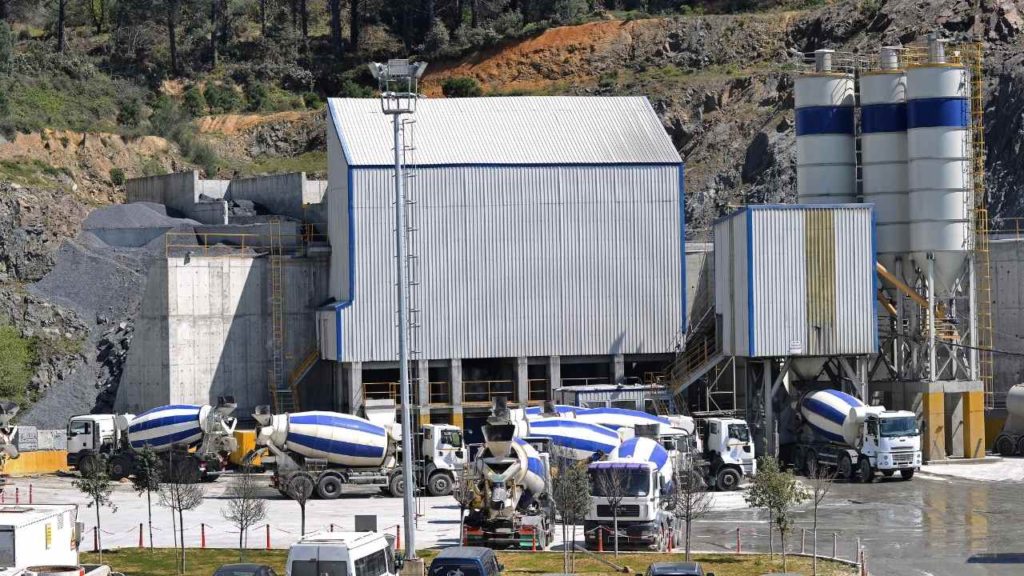Concrete Mixing or Mixing of concrete is the complete blending of the ingredients necessary for the production of a homogeneous concrete. In the previous blogs, we saw different types of concrete and their quality tests. Today, let me walk you through the details of it.
To begin with, let’s try to understand the objectives of mixing concrete and concrete mixing types
Objectives of Concrete Mixing
How many of you have wondered why we mix concrete? Read on to find the answers.
- To manufacture high-quality fresh concrete, proper mixing of materials is critical.
- The surface of all aggregate particles is coated with cement paste during the mixing phase.
- For the desired workability and performance of concrete in both the fresh and hardened states.
- To avoid segregation and bleeding.
In the next section, we will learn the types of concrete mixing
Related posts from vincivilworld
Concrete Mixing Types
There are three methods to produce efficient and high-quality concrete.
- Hand Mixing – Mixing concrete manually without a mixer machine.
- Machine Mixing – Mixing using a mixer machine.
- Ready Mix Concrete – Mixing is done in an automatic or semi-automatic batch plant.
Let’s dig deeper into each of them.
Hand Mixing of concrete
- Method of manually mixing the concrete materials without the use of a mixer machine.
- Hand mixing is done only for small jobs where the concrete demand is low and quality control is not critical.
- Uniformity of mixing is difficult to achieve by hand mixing. It necessitates extra caution and effort.
- In the case of hand mixing, 10% more cement should be applied to the nominal mix concrete proportion.
Process – Hand Mixing of concrete
- Hand mixing is done on a flat iron sheet plate base that is hard, clean, and non-porous.
- On the platform, a measured amount of sand is placed.
- Then the cement is poured over the sand.
- In a dry state, the sand and cement are thoroughly combined with shovels several times until the mixture achieves an even colour.
- The coarse aggregates are then spread out on top of the above mixture and thoroughly mixed.
- The whole mixture is properly mixed by twisting it from centre to side, back to centre, and then to the sides several times.
- After that, depression is rendered in the mixed materials’ nucleus.
- 75 per cent of the necessary amount of water is then poured into the depression and mixed with shovels.
- Finally, the remaining water is applied, and the mixing process is repeated until the concrete has a uniform colour and consistency.
The total time for concrete mixing does not exceed 3 minutes.
Let’s move on to the next method ie mechanised concrete mixing.
Also check: Cement Ingredients – Properties and functions
Machine Mixing of Concrete
- The method of combining concrete materials with a concrete mixer system is known as machine mixing.
- It meets the demands of fast mixing times, optimal consistency, and homogeneous concrete efficiency.
- Since it ensures uniform homogeneity, machine mixing of concrete is best suited for large projects requiring large quantities.
Concrete Mixing Machine
It is also known as a concrete mixer is a machine that mixes cement, aggregate (such as sand or gravel), and water in a uniform manner to shape concrete. A rotating drum is used to combine the components in a traditional concrete mixer. Concrete mixers powered by gasoline, diesel, or electricity are now widely available. The mixer machine is mostly used for mixing ingredients by volume. They are also used for mixing ingredients by weight by providing weigh batcher.
Machine Mixing Process
- Wet the inner surfaces of the concrete mixer drum first.
- The coarse aggregates are added first, followed by sand, and finally cement, in the mixer.
- In a mixing machine, combine the products in a dry state. In most cases, 1.5 to 3 minutes should suffice.
- While the machine is running, slowly add the appropriate amount of water after the dry materials have been thoroughly mixed.
- Don’t use any extra water.
- Concrete must be mixed in the drum for at least two minutes after adding water.
We have seen the details of machine mixing. How about getting an idea about ready-mix concrete?
Ready Mix Concrete
- Ready Mix Concrete (RMC) is a specialised material in which the cement, aggregates, and other materials are weighed and batched at a central location, then mixed either in a central mixer or in truck mixers. Then it is shipped to construction sites.
- The consistency of the resulting concrete is much superior to that of site-mixed concrete.
- Useful on congested sites or in road construction where space for a mixing plant or aggregate storage is limited or nonexistent.
- Quality control of concrete is simple in this process.
So far, I have showed you the types of concrete mixing and its procedures. Now its time to throw some light on concrete mixing ratios.
Also See : Ready mix concrete – Types, advantages
Mixing Ratios
The proportions of concrete components such as cement, sand, aggregates, and water are known as concrete mix ratios. The method of building and mix designs are used to determine these ratios. In comparison to other mixing processes, the water/cement ratio in RMC can be easily managed.
Conclusion
To summarise,
- Hand blending of concrete is the cheapest method.
- It is only recommended for very limited projects requiring a small amount of concrete since consistent concrete consistency is difficult to achieve with this method.
- It ensures proper material mixing.
- When compared to site mixing (both hand and machine mixing), RMC takes less time and produces a higher quality product.
- It’s also very handy when you need a large amount of concrete per day.





One comment
Comments are closed.